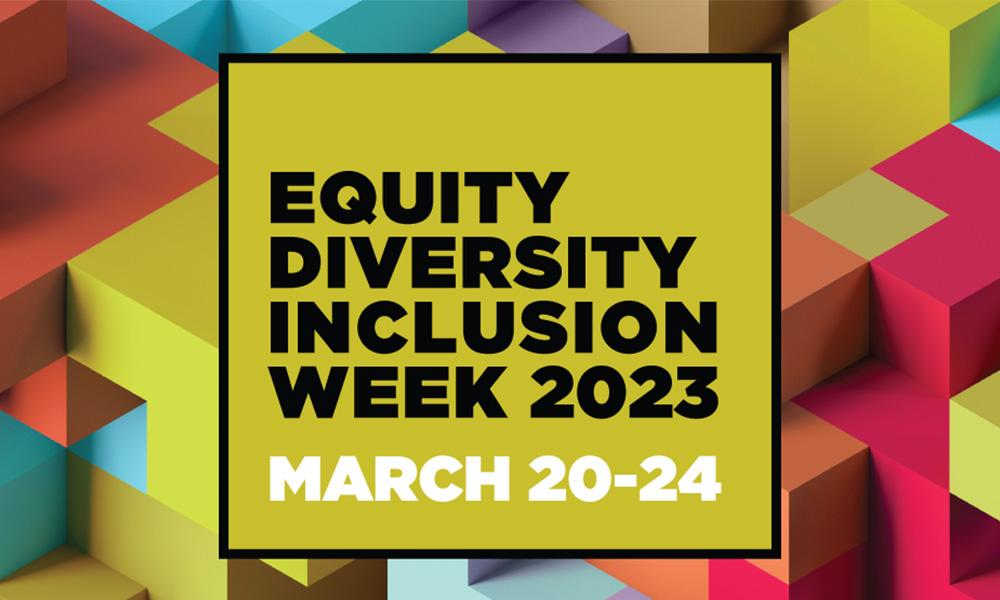The impact of fatigue is well-known within the disability world, says Dr. Natalia Rohatyn-Martin. But widespread experiences of fatigue during the pandemic created a new sense of empathy among teachers and specialists who work with Deaf students.
“Now people understand fatigue in a way they didn't before,” says the assistant professor in the Department of Human Services and Early Learning, who has studied fatigue since 2017. “We no longer have to do the work to help teachers and instructors appreciate that fatigue exists and what it looks like.”
With less convincing to do, Dr. Rohatyn-Martin and her research partners from across the country can now focus on assessing the exhaustion, irritability, restlessness and lack of motivation that can come with fatigue.
Together, they are testing and refining an assessment tool with funding from Canadian Hearing Services. Over a few days, Deaf students in Kindergarten through Grade 12, their parents and teachers answer a series of questions delivered in ASL (American Sign Language) and English. Developed with input from a series of focus group interviews conducted as part of their original Social Sciences and Humanities Research Council-funded research, the questions address three areas of fatigue: cognitive, physical and social/emotional.
Exhaustion from having to focus (cognitive fatigue) is easy to understand, says Dr. Rohatyn-Martin. So is physical fatigue – things like students getting headaches or rubbing their eyes. Social/emotional fatigue, however, is a bit more challenging to wrap your head around.
“It can involve students disengaging and acting out in different ways,” she says. “Social/emotional fatigue is easy to chalk up as the student not being engaged in the material or not wanting to be there, but it’s more than that. Things happening inside the classroom – like working in groups, excessive background noise, fast-paced work or activities that require watching and focusing for extended amounts of time – can leave students completely overwhelmed.”
Including those social and emotional aspects in the assessment tool, she adds, was part of its holistic design.
“We use a social model rather than a medical approach to disability. We see deafness as a language, cultural or linguistic difference – not a deficit.”
Right now, the tool is being tested nationally in Canada, with plans to move testing into the U.S. next year. But this work doesn’t only cross geographical borders. The goal, ultimately, is to adapt this tool for all students, including students with other disabilities.
“I don’t think we can ever get rid of fatigue altogether – students with disabilities will always work harder than their peers who might not have disabilities. But I hope this tool will ultimately help teachers, instructors and students themselves to think of ways we can modify our classroom techniques to decrease the origin of fatigue, and provide individualized support for students who need help mitigating the fatigue they experience.”
With less convincing to do, Dr. Rohatyn-Martin and her research partners from across the country can now focus on assessing the exhaustion, irritability, restlessness and lack of motivation that can come with fatigue.
Together, they are testing and refining an assessment tool with funding from Canadian Hearing Services. Over a few days, Deaf students in Kindergarten through Grade 12, their parents and teachers answer a series of questions delivered in ASL (American Sign Language) and English. Developed with input from a series of focus group interviews conducted as part of their original Social Sciences and Humanities Research Council-funded research, the questions address three areas of fatigue: cognitive, physical and social/emotional.
Exhaustion from having to focus (cognitive fatigue) is easy to understand, says Dr. Rohatyn-Martin. So is physical fatigue – things like students getting headaches or rubbing their eyes. Social/emotional fatigue, however, is a bit more challenging to wrap your head around.
“It can involve students disengaging and acting out in different ways,” she says. “Social/emotional fatigue is easy to chalk up as the student not being engaged in the material or not wanting to be there, but it’s more than that. Things happening inside the classroom – like working in groups, excessive background noise, fast-paced work or activities that require watching and focusing for extended amounts of time – can leave students completely overwhelmed.”
Including those social and emotional aspects in the assessment tool, she adds, was part of its holistic design.
“We use a social model rather than a medical approach to disability. We see deafness as a language, cultural or linguistic difference – not a deficit.”
Right now, the tool is being tested nationally in Canada, with plans to move testing into the U.S. next year. But this work doesn’t only cross geographical borders. The goal, ultimately, is to adapt this tool for all students, including students with other disabilities.
“I don’t think we can ever get rid of fatigue altogether – students with disabilities will always work harder than their peers who might not have disabilities. But I hope this tool will ultimately help teachers, instructors and students themselves to think of ways we can modify our classroom techniques to decrease the origin of fatigue, and provide individualized support for students who need help mitigating the fatigue they experience.”
Listen, learn and connect
Workshops, panel discussions, networking events – join us and gain a better understanding of initiatives that promote diversity and equity.
 See more events here.
See more events here.
Let’s stay in touch!
Sign up to receive our weekly MacEwan University e-newsletter straight to your inbox.
